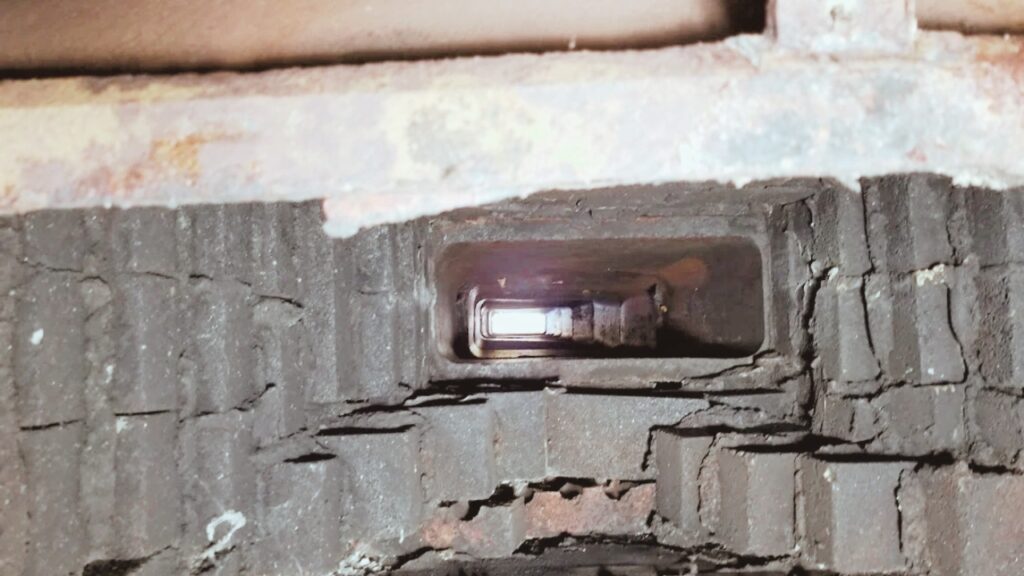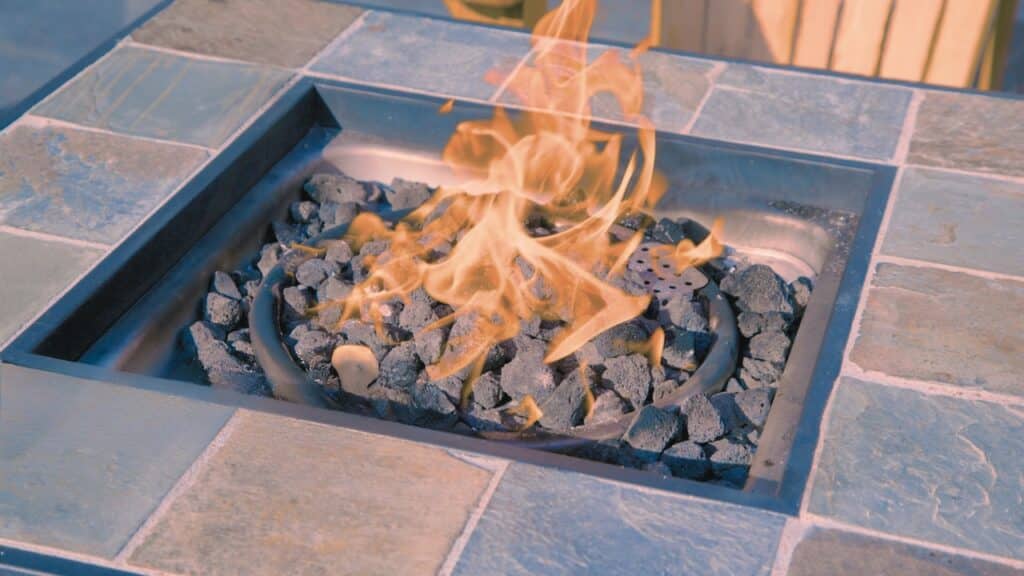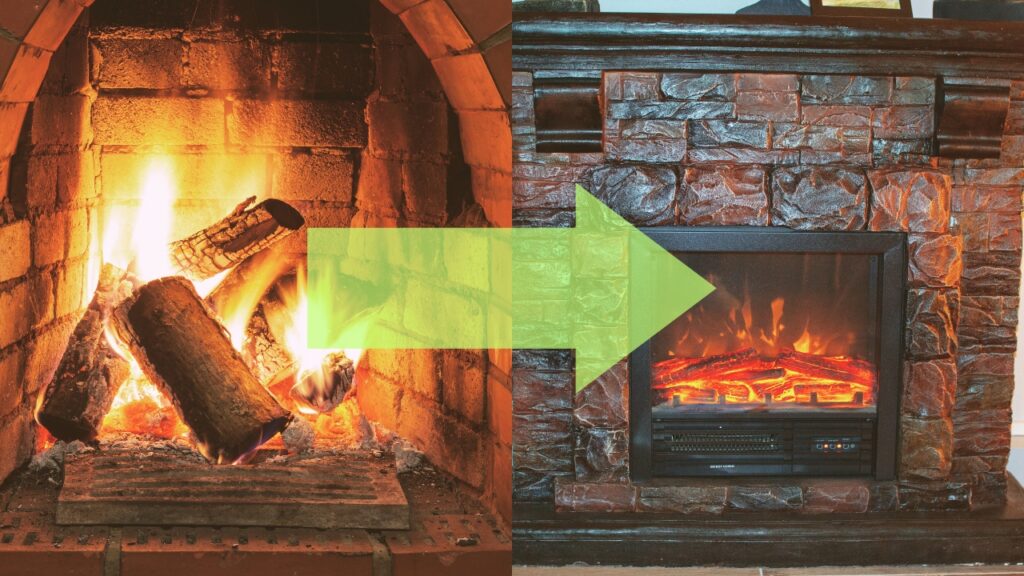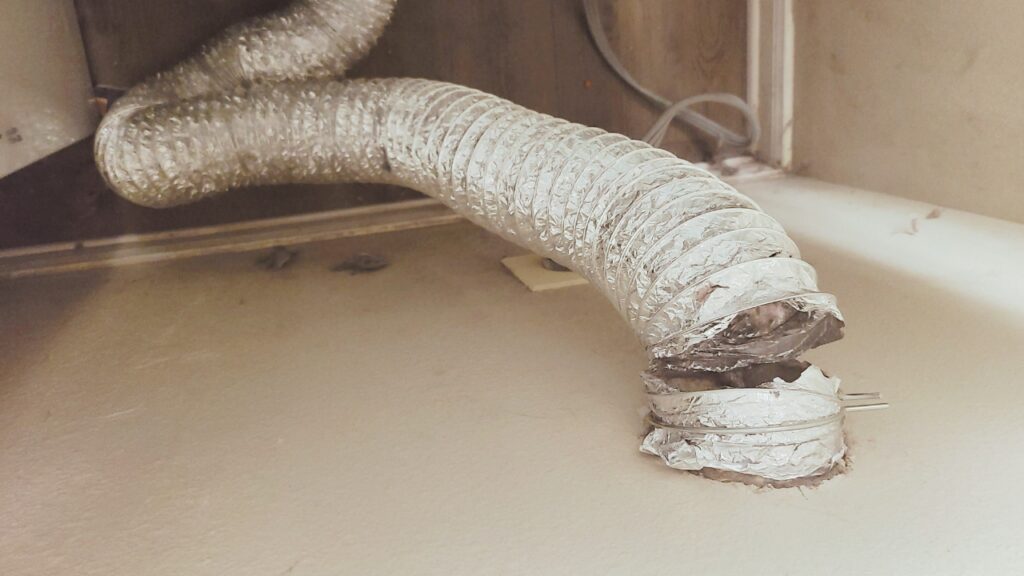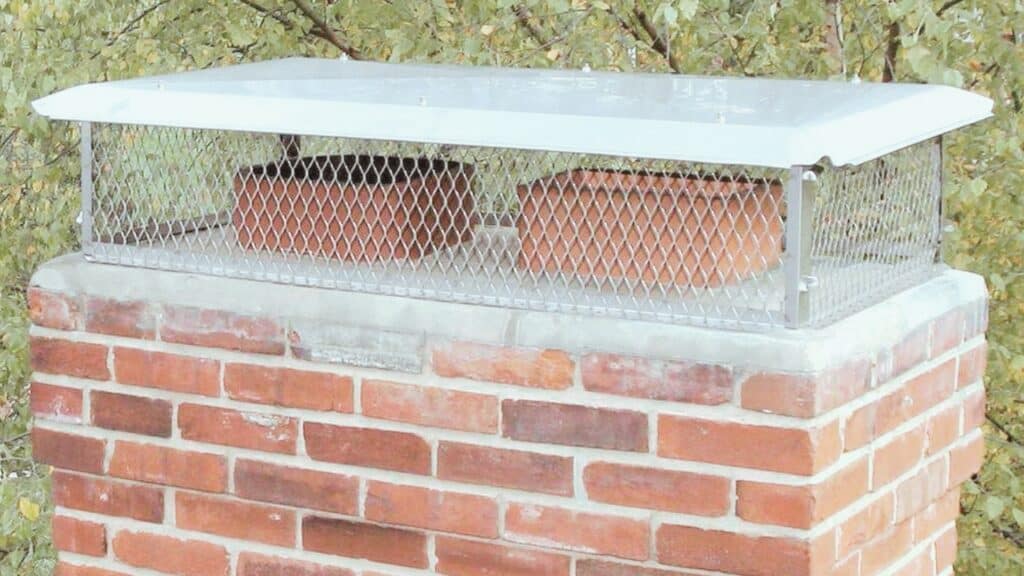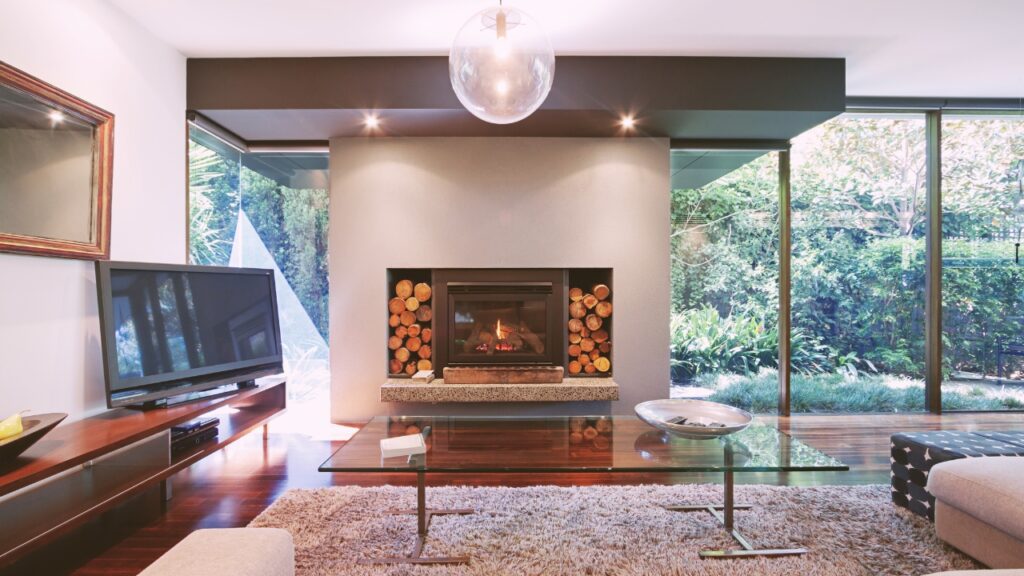Converting a fireplace to a wood stove is like upgrading from a dial-up modem to fiber optic internet – it’s a game-changer in the world of heating.
No more battling smoky plumes or shivering despite a roaring fire. We’re talking about lower CO emissions and increased thermal efficiency (up to 20%), keeping your wallet happy and the planet smiling.
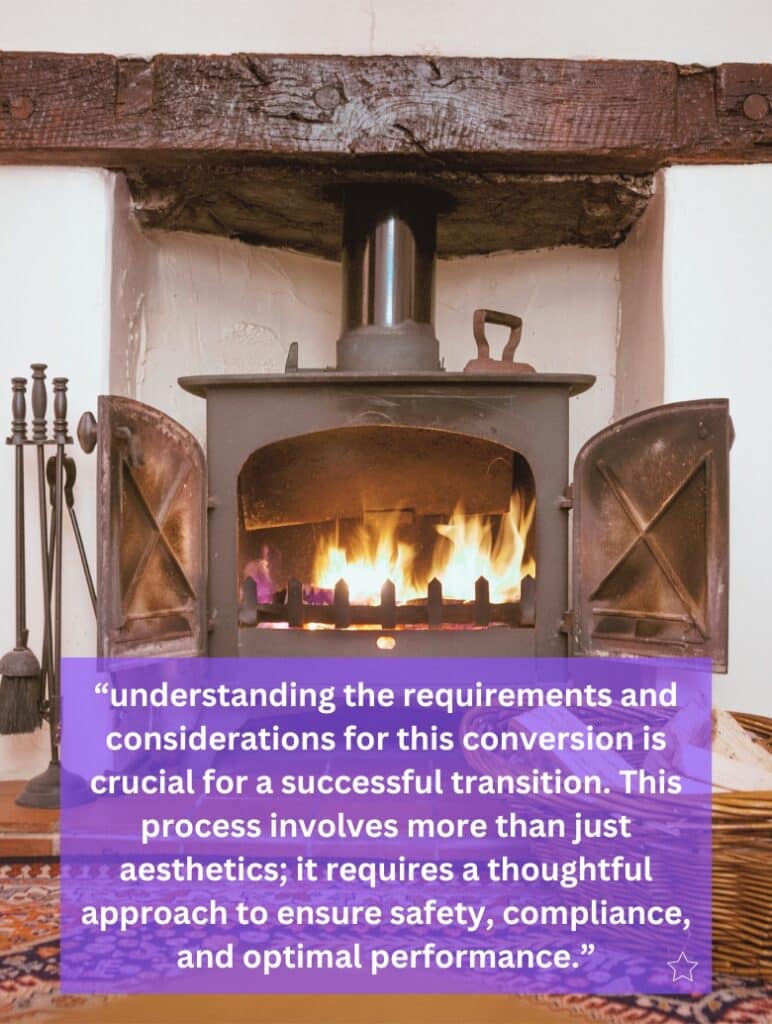
Therefore, understanding the requirements and considerations for this conversion is crucial for a successful transition. This process involves more than just aesthetics; it requires a thoughtful approach to ensure safety, compliance, and optimal performance.
Get ready to turn up the heat on efficiency because the journey to a cozy, eco-friendly paradise starts right here!
Factors to Consider Before Converting a Fireplace to a Wood Stove
Below, we discuss important factors to consider when it comes to safety, regulations, practicality, and aesthetic preferences.
Fireplace Type and Condition
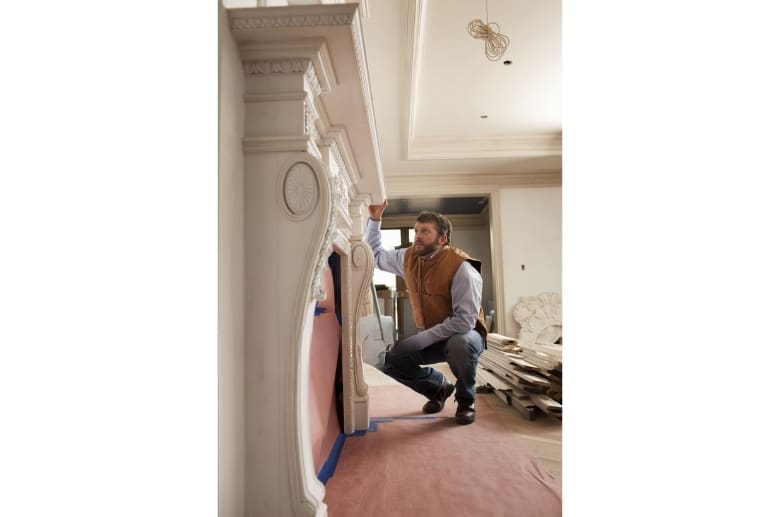
Consider the compatibility of various fireplace types with wood stove installation. Assess the current condition of the fireplace to ensure it’s suitable for conversion. Both factors play a role in determining the feasibility and effectiveness of transitioning from a traditional fireplace to a wood stove.
Building Codes and Regulations
Before converting a fireplace to a wood stove, ensure compliance with local building codes. Familiarize yourself with regulations governing wood stove installations in your area.
Obtain the necessary permits and approvals for the fireplace conversion to ensure safety and adherence to legal requirements.
Safety Considerations
Prior to transforming a fireplace into a wood stove, prioritize safety. Identify and address potential hazards like cracks and ventilation issues, ensuring a secure environment.
When considering the conversion, understanding the process of using old wood stove chimneys effectively is essential to maintain both safety and efficiency. This involves inspecting the structural integrity and suitability of the existing chimney for new purposes.
Properly install chimney liners, hearth pads, and other safety measures to enhance overall safety during and after the conversion process.
——
Do You Need to Hire Chimney & Fireplace Expert?
Get free quotes from qualified experts near you. No commitment required!
——
Heating Requirements and Efficiency
To successfully convert a fireplace to a wood stove, consider the heating needs and efficiency goals.
Assess the space to determine the required heating capacity and choose a wood stove size and model that aligns with optimal performance. Prioritize efficiency to ensure effective and economical heating solutions.
Necessary Equipment and Materials for Fireplace Conversion To Wood Stove
Here’s what you need when converting a fireplace to a wood stove.
Wood Stove
This has to be the first piece of equipment on your radar. Consider factors like types of wood stoves and models, ensuring they fit seamlessly.
Prioritize stoves with the highest efficiency rating & heat output, maximizing heat while minimizing fuel use. Look for models exceeding 80% efficiency. These deliver more warmth per log, saving you money and firewood.
Don’t neglect emissions – choose an EPA-certified wood stove. This ensures cleaner burning and environmental responsibility.
Chimney Liner and Venting Components
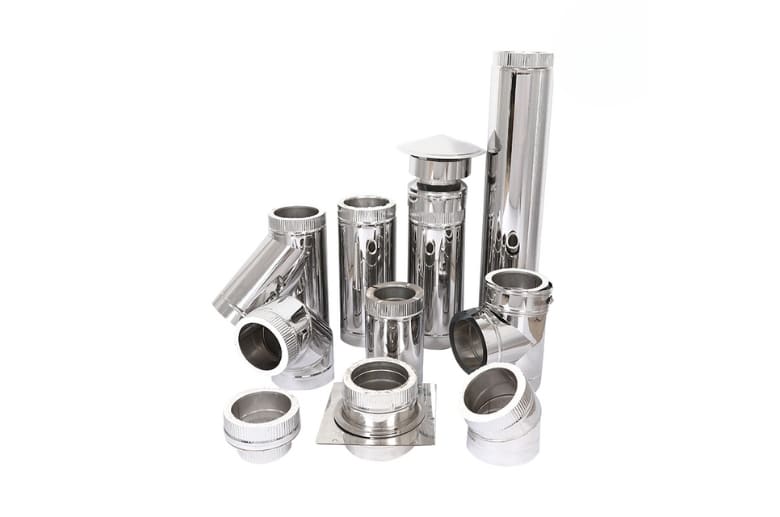
Choosing the right chimney liner and venting for your wood stove is critical for safety and efficiency. Consider fireplace type, fuel used, and liner material (e.g., stainless steel) to ensure proper venting and optimal stove performance.
Consider factors like material, insulation, and sizing to ensure optimal performance and compliance with safety standards.
Hearth Pad or Floor Protection
To safeguard the floor or hearth beneath a wood stove, you must employ suitable protection. Hearth pads, crafted from non-combustible materials like ceramic tiles or stone, are essential.
Ensure the pad meets local safety regulations, providing a secure barrier against heat transfer and potential fire hazards.
Tools and Hardware
Essential tools and hardware for a fireplace-to-wood-stove conversion include the following:
- Reciprocating saw
- Screwdrivers
- Chimney brush
- Fire-resistant caulk
Ensure proper installation and assembly by following manufacturer guidelines. Use insulated chimney pipe and fireproof hearth pads. According to the NFPA, proper installation of a fireplace to a wood stove reduces the risk of chimney fires.
How Do You Convert a Fireplace to a Wood Stove?
After gathering all the tools and hardware you need, follow the steps below to convert your fireplace to a woodstove:
Step 1. Preparing the Fireplace
Remove any soot, ashes, or debris lingering in the fireplace. Check for cracks, loose bricks, or crumbling mortar. Consider repairs or consult a professional if needed.
Next, take off the existing damper, grate, and any decorative doors. This creates a clean slate for your new star, the wood stove.
Step 2. Installing the Chimney Liner and Venting Components
This is where things get crucial. Install a chimney liner that matches your stove’s specifications. You can hire a certified chimney sweep to inspect and clean your chimney. They’ll assess the condition and recommend a suitable liner, if needed.
Ensure it’s properly fitted and sealed to prevent leaks and ensure safe venting of smoke and gases. Next, install the necessary venting components like a cap and cleanout. These ensure proper airflow and prevent debris buildup in the chimney.
Follow the manufacturer’s instructions and local building codes to the letter.
Step 3. Installing the Hearth Pad or Floor Protection
Install a non-combustible hearth pad or floor protection that extends at least 18 inches (45 cm) in front and 6 inches (15 cm) on either side of the stove. This protects your flooring from stray sparks and embers.
Choose a hearth pad material like stone, tile, or metal. Make sure it’s thick enough to withstand the heat of the stove and meets local building code requirements.
Step 4. Installing the Wood Stove
Position the wood stove in the fireplace opening, ensuring it meets the minimum clearance requirements from surrounding walls and combustible materials. Use a level to ensure it sits plumb and stable.
Next, connect the stove to the chimney liner using the appropriate flue pipe and adapter. Seal all connections with high-temperature sealant to prevent leaks.
Following that, attach venting components like elbows and pipes according to manufacturer specifications. Confirm again that the installation adheres to local building codes. Regularly inspect and maintain the wood stove for safe and optimal performance.
Step 5. Testing and Safety Checks
Close all doors and windows in the room, then light a small paper fire in the stove. Watch for smoke escaping anywhere other than the chimney. Any leaks indicate improper venting that needs immediate attention.
Conduct thorough testing to verify the stove’s efficiency and safety. Check for proper ventilation, secure installation, and correct clearances.
Install a carbon monoxide detector near the stove and a fire extinguisher close at hand. Familiarize yourself with safe wood-burning practices, and never leave a burning stove unattended.
——
Do You Need to Hire Chimney & Fireplace Expert?
Get free quotes from qualified experts near you. No commitment required!
——
What Are The Benefits of Converting a Fireplace to a Wood Stove?
Here are some benefits of converting your fireplace to a wood stove.
Energy Efficiency and Cost Savings
On average, a wood stove operates at a whopping 75-80% efficiency, while fireplaces typically struggle to break past 20%. That translates to using 3 times less wood to achieve the same cozy level of warmth!
Let’s say you typically burn a cord of wood (about 4 cubic meters) in your fireplace each winter. With a wood stove, you’d only need about one-third of that amount, thanks to its superior efficiency.
Considering the average cord of wood costs around $100, that’s a potential saving of $67 per cord! Over a season, those savings can add up quickly, making a wood stove a smart investment for your wallet and the environment.
Environmental Impact
When it comes to environmental concerns, wood stoves are more energy-efficient, emitting lower levels of pollutants compared to traditional open fireplaces. Hence, going for a wood stove with low emissions and utilizing sustainable wood fuel further reduces environmental impact.
When selecting a wood stove, look for models certified by organizations like the EPA or the Stove Industry Alliance. This not only ensures cleaner combustion but also promotes responsible wood burning, contributing to a more sustainable and eco-friendly heating solution.
Aesthetics and Design
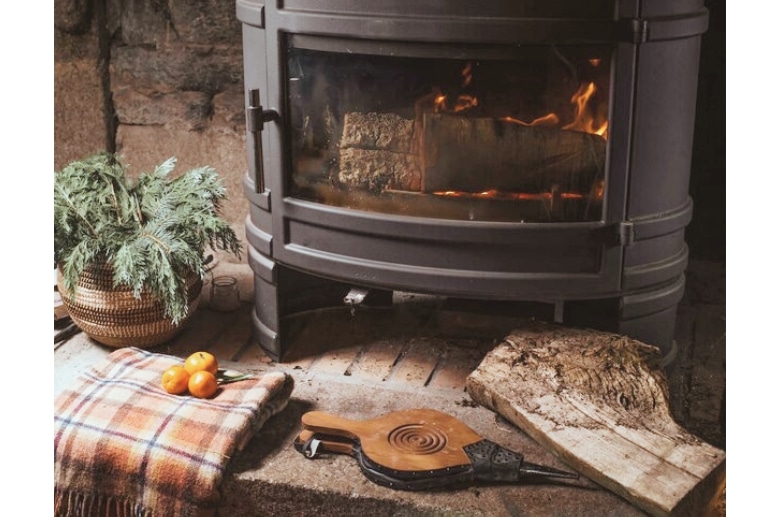
Wood stoves bring a cozy ambiance to a space with their radiant flames and distinctive designs, making them an attractive focal point in any room. It is important to choose a wood stove that complements the overall aesthetic of the interior design. Consider the materials, colors, and shapes of different styles.
Additionally, selecting a stove size appropriate for the room ensures a seamless integration. By prioritizing both functionality and visual harmony, converting a fireplace to a wood stove not only adds warmth but also elevates the overall design aesthetics of the living space.
Flexibility and Convenience
Wood stoves offer unmatched flexibility and convenience, both during installation and operation. Installing a wood stove is often simpler and more versatile than retrofitting a traditional fireplace.
These stoves can be placed in various locations, providing flexibility in room design. Operationally, wood stoves are more efficient and controllable, allowing users to adjust heat output easily.
Fireplace To Wood Stove Conversion Cost
In general, you can expect to pay between $2,000 and $8,000 to convert a fireplace to a wood stove. However, the process involves several factors that contribute to the overall cost.
Here are the primary factors that contribute to the overall conversion costs.
Type of Wood Stove
Wood stove options abound, from rustic cast iron (think $1,500-$3,000) to sleek, modern steel ($2,000-$5,000). Soapstone, known for its heat retention, lands at $3,000-$8,000.
Pellet stoves, offering convenient automation, run $2,500-$4,000. And for outdoor enthusiasts, wood-burning fireplaces start around $1,000. Ultimately, your choice depends on your budget, desired aesthetics, and heating needs.
Additionally, opting for a brand known for energy efficiency may result in long-term savings on heating bills.
Installation Complexity
The price range for professional wood stove installation can vary greatly depending on the complexity of the job:
- Simple installation (existing fireplace and chimney in good condition): $500-$1,500
- Moderate complexity (modifications needed): $1,500-$3,000
- Complex installation (major structural adjustments): $3,000-$5,000+
For an accurate quote, it’s always best to consult with a qualified installer. They can assess your specific situation and provide a detailed estimate.
——
Do You Need to Hire Chimney & Fireplace Expert?
Get free quotes from qualified experts near you. No commitment required!
——
Chimney Modifications
Prepping your chimney for a wood stove involves more than just a quick sweep. You’ll likely need a chimney liner, costing roughly $500 to $1,500, to ensure safe and proper venting.
If your existing chimney is worse for wear, repairs ranging from $500 to $2,000 might be necessary. In extreme cases, complete reconstruction costing $2,000 to $5,000+ could be on the horizon.
Remember, these are just estimates, and the actual costs will depend on the specific materials, the labor involved, and any unforeseen issues.
Local Building Codes
Local building codes and regulations also influence costs, as certain jurisdictions may require permits for wood stove installations. Compliance with safety standards is paramount, and failure to adhere to regulations can result in fines or the need for costly revisions.
Conclusion
Converting a fireplace to a wood stove is a rewarding venture, transforming both aesthetics and functionality. It’s important to understand the need for meticulous planning, including chimney inspection, proper sizing, and compliance with local regulations.
Understanding the requirements and considerations involved is paramount to a successful conversion, ensuring safety and efficiency.
Ultimately, with careful consideration and expert guidance, the conversion to a wood-burning stove can enhance both the practicality and charm of any home.

